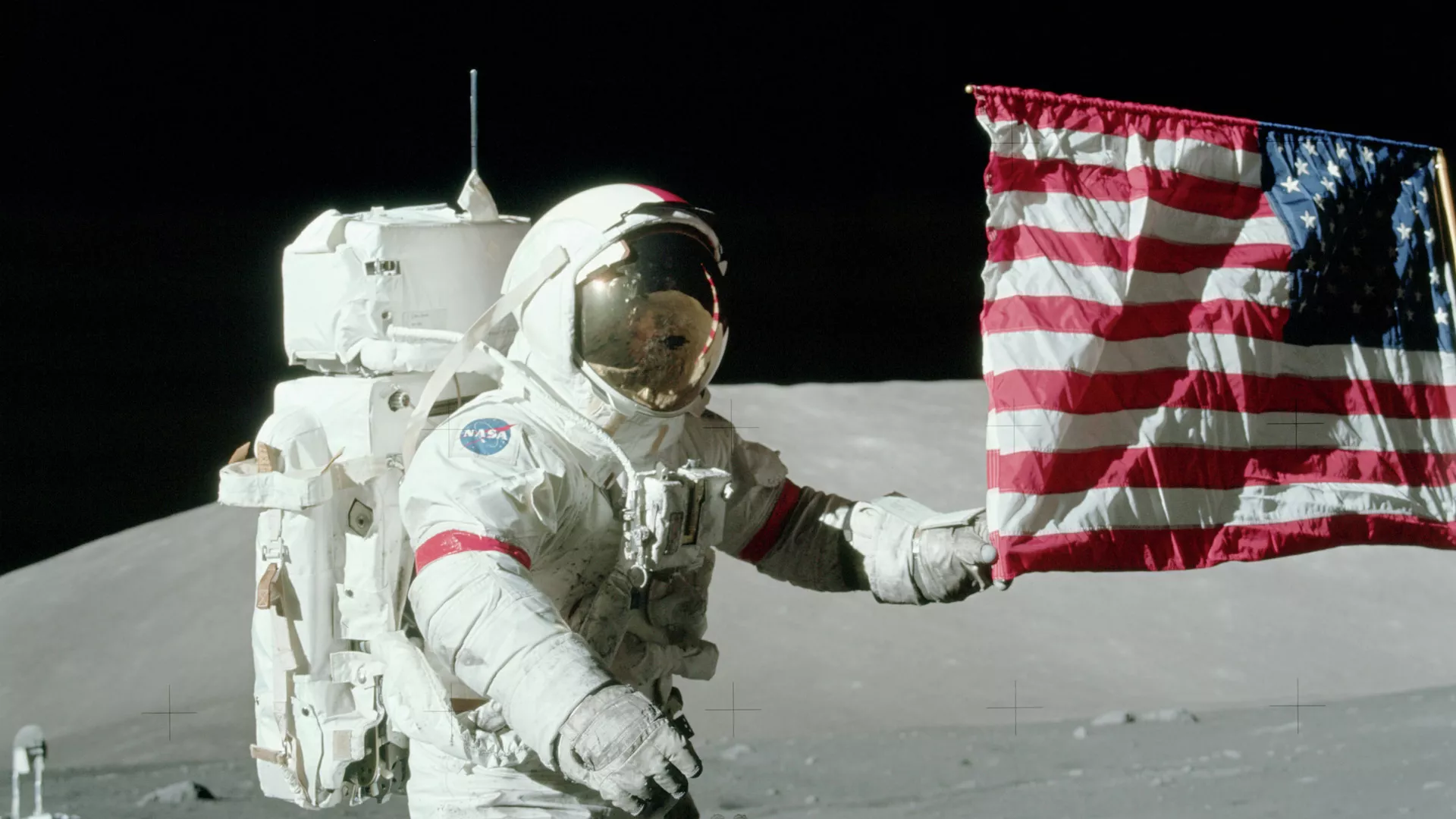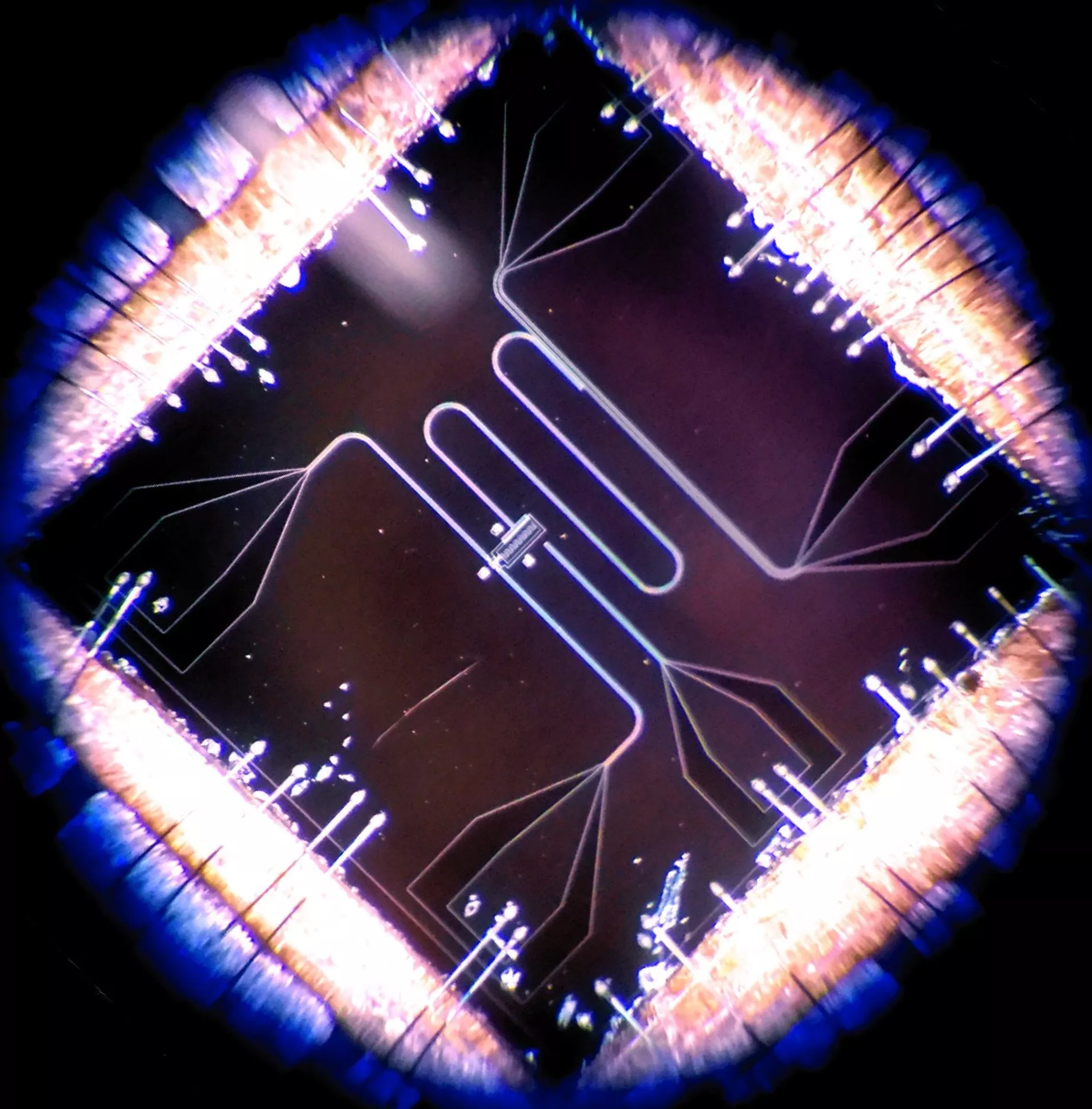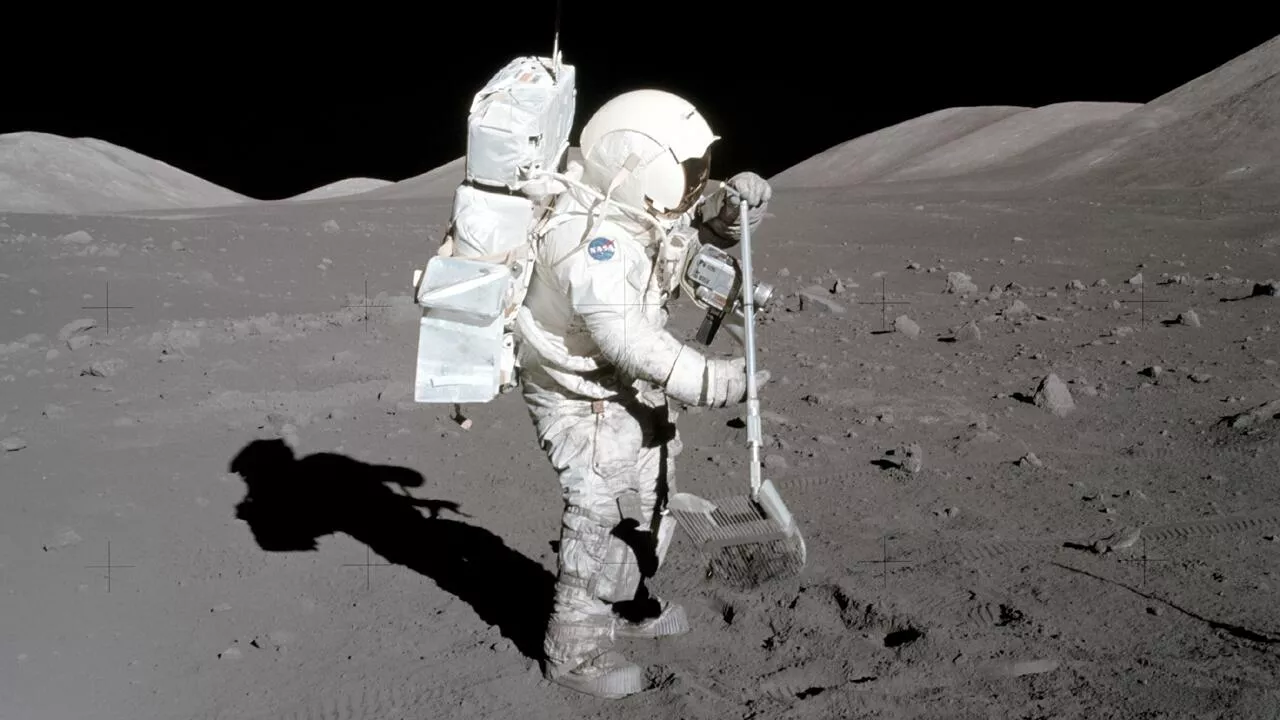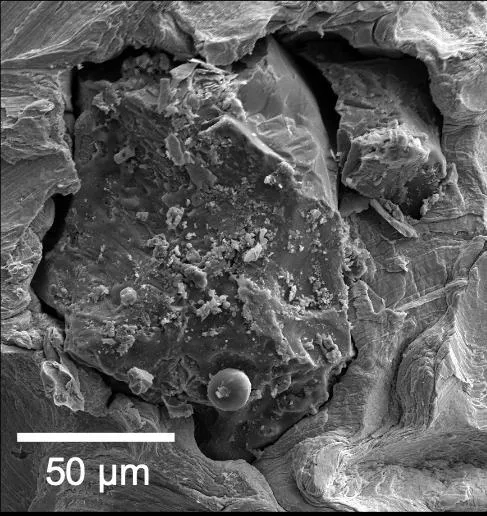
Businesses on Earth are entering into multi-million dollar agreements for the exploration and extraction of lunar resources. The target is a valuable substance widely known from science fiction. Experts believe that the winner of this new space race could gain unprecedented advantages.

US flag on the Moon. Apollo 17 program. © NASA / Lunar and Planetary Institute
Astronomer Surdin Calls Lunar Helium-3 Mining `Technical Science Fiction`
From Fiction to Reality
The notion of lunar resources is not new, as depicted in the science fiction film `Moon 2112,` where, by the 22nd century, humanity meets 70% of its energy needs through the extraction of helium-3 from the Moon for use in fusion reactors.
In the popular video game Mass Effect, helium-3 was crucial for interstellar travel. Since the 1970s, this stable helium isotope (with two protons and one neutron) has been a staple in science fiction.
Hypothetically, helium-3 could enable more efficient fusion power plants than current prototypes, but this requires extremely high temperatures – around a billion degrees. Even at lower temperatures, scientists are currently unable to reliably contain and stabilize plasma.
Furthermore, natural reserves of helium-3 are virtually non-existent on Earth, making it incredibly expensive. Most of the available substance is artificially produced as a byproduct of the decay of radioactive tritium, which is used in nuclear weapons and some research reactors.

Still from the film `Moon 2112`. © Liberty Films UK/Limelight Fund/Lunar Industries/Xingu Films (2009)
However, helium-3 is abundant on atmospheric-less celestial bodies like asteroids or the Moon.
Vladimir Surdin, a senior researcher at the P.K. Sternberg State Astronomical Institute, explains that on the Moon, helium-3 forms when solar wind bombards the surface. Fast protons, penetrating `dry` cosmic objects, detach oxygen from minerals and combine with it, leading to various reactions, including the formation of helium-3.
Surdin adds that while helium-3 was once considered a promising element for future energy, serious scientists have long `cooled` to the idea, leaving it to writers and filmmakers.
Nevertheless, in September 2025, a step was taken to bring this scientific-technical `fairy tale` closer to reality.
Near Absolute Zero
American startup Interlune has signed a deal with Bluefors, a Finnish manufacturer of cryogenic systems for high-tech and scientific installations, for the supply of helium-3 to be extracted from the Moon.
Under the agreement, Bluefors is committed to purchasing ten thousand liters of the extraterrestrial gas annually from 2028 to 2037. However, the raw material is not intended for fusion energy, but for another promising technology: quantum computers, which are expected to significantly outperform conventional computing machines in speed.

Superconducting quantum qubit. © Dong Lan and Sorin Paraoanu
However, their creation requires superconductors that operate at extremely low temperatures. Helium-3 is perfectly suited as a coolant: due to its quantum properties, it remains liquid at temperatures down to thousandths of a Kelvin. As stated in a press release by Bluefors, a leading global consumer of helium-3, the agreement `will accelerate quantum computing and create a reliable and sustainable industrial supply chain`.
The Washington Post notes that the $300 million deal marks the most expensive in the history of space resource development. Today, helium-3 is one of the world`s most expensive substances; Interlune co-founder Rob Meyerson values it at $20 million per kilogram, significantly exceeding the price of gold (approximately $100,000 per kilogram).
To exploit these lunar treasures, a seemingly ideal team has assembled.
Where and How
Founded in 2020, the Interlune startup is based in Seattle, a major US tech hub. Its three founders include Rob Meyerson and Gary Lai, former top executives at Blue Origin, joined by Harrison Schmitt, an ex-senator, Apollo 17 astronaut, and the only geologist to have walked on the Moon. The company has already attracted $18 million in venture capital and, in May 2025, announced an agreement with the US Department of Energy to deliver three liters of helium-3 from the Moon.
Later that month, the company unveiled a full-scale prototype excavator designed to collect 100 tons of lunar regolith per hour. The machine will dig to a depth of three meters, where, according to Schmitt`s findings during his astronaut tenure, the coveted element can be found.

Geologist Harrison Schmitt on the Moon. Apollo 17 Mission, 1972. © NASA
According to Meyerson, the company `has ideas` about where to search for helium-3, utilizing data from NASA`s Lunar Reconnaissance Orbiter. The manager refrains from naming specific locations due to competitive concerns, only indicating an area near the equator. While relatively rich deposits of helium-3 are found in the permanently shadowed regions near the Moon`s South Pole, Meyerson believes working there would be challenging.
Interlune`s CTO, Gary Lai, previously projected that in its initial years of operation, Interlune would return `ten to 20 kilograms of product` to Earth. This would be followed in 2029 by the construction of a pilot industrial plant on the Moon `to refine every stage, including the delivery of helium-3 to our customers,` he stated.
Unlike investors and business partners, scientists are skeptical of the startup`s endeavor.
`Pure Science Fiction`
Vladimir Surdin notes that while American and Chinese missions found helium-3 in lunar samples, its concentration on the Moon`s surface is low. `No one knows if it can be collected in large quantities. Only individual atoms were brought to Earth. It`s unclear how to vaporize and collect the substance from the regolith. For now, it`s pure technical science fiction,` the scientist states.
Western colleagues share his concerns. Laszlo Keszthelyi, a research geologist and lead for lunar resources at the U.S. Geological Survey`s Astrogeology Science Center in Flagstaff, points out that its viability as an extractable resource has not been confirmed.

Grain of lunar soil under a scanning electron microscope. © Jennika Greer, Field Museum
`To obtain one kilogram of helium-3, between 100,000 and one million tons of regolith would need to be processed,` he states.
Another potential obstacle is the pervasive lunar dust: it is unknown whether equipment can withstand its effects. Chris Dreyer, Director of Engineering at the Colorado School of Mines` Center for Space Resources, predicts that `long-term operation in the presence of lunar dust will create significant challenges`.
Interlune will not only have to overcome extremely complex technical challenges but also outpace competitors. For instance, another American startup, Magna Petra, in partnership with the Japanese lunar company ispace, is also targeting lunar helium-3, planning to extract its atoms without extensive excavation of lunar soil.
Levers of Influence
Anastasia Grokholskaya, project manager at TRIADA Partners consulting firm, states that successful extraction would establish a fundamentally new supply channel for helium-3, significantly impacting the market by increasing its availability for scientific and industrial needs, curbing price increases, and stimulating demand from new players, such as quantum device developers, scientific laboratories, and energy projects.
She adds, `More broadly, the creation of the world`s first system for lunar resource extraction and delivery will demonstrate the commercial viability of space resources. Analysts draw parallels with the rare-earth metals market: whoever first establishes stable supplies will gain significant leverage over high-tech industries`.
It is noteworthy that, according to the 1967 Outer Space Treaty, the Moon and other celestial bodies are `not subject to national appropriation by claim of sovereignty, by means of use or occupation, or by any other means.` However, the document does not prohibit the extraction of resources from them, leaving open the possibility of `staking a claim` for extraction.
American columnist Leonard David compares the development of the Moon to the United States` purchase of Alaska from Russia.
He recalls that in March 1867, U.S. Secretary of State William Henry Seward signed a treaty with Russia for the purchase of Alaska for $7.2 million. Seward viewed this deal as a way to expand U.S. influence and secure new resources.











